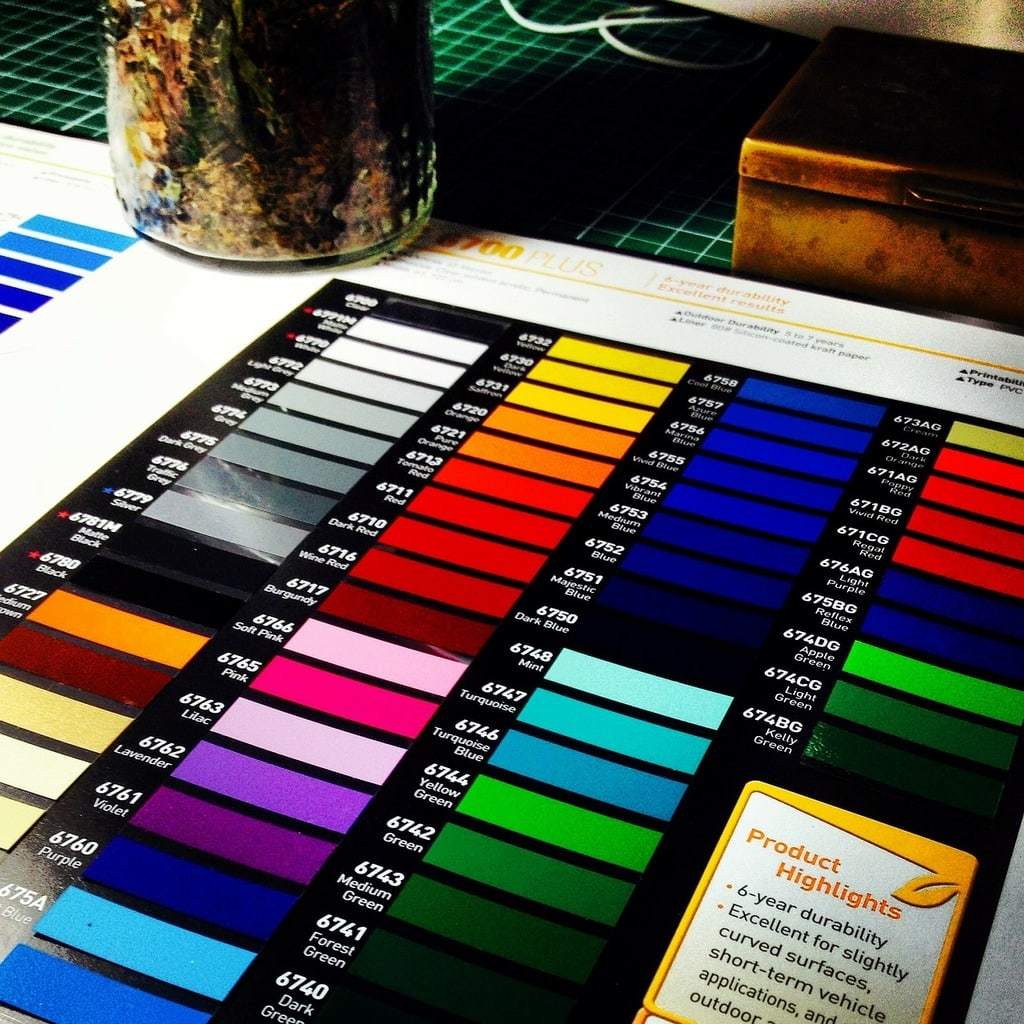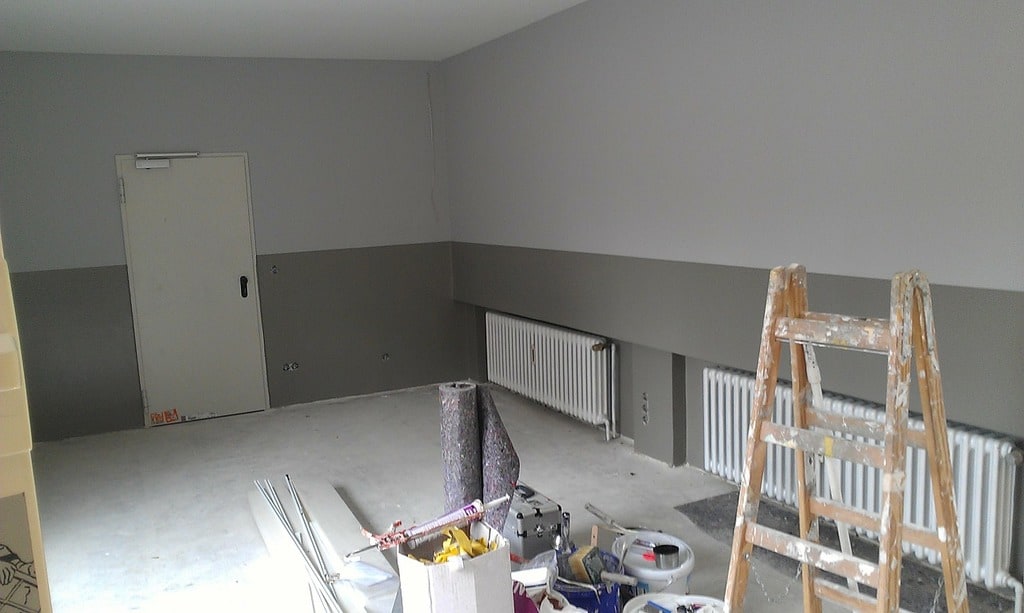Embarking on DIY projects can be a delightful way to personalize and enhance your living environment. Whether you’re looking to revamp a single room or give your entire home a fresh look, several easy-to-manage projects can make a significant difference. The beauty of DIY is that you can tailor each project to fit your aesthetic preferences and functional needs, often with a minimal budget.
Wall Decorations and Art
One of the most impactful ways to change the atmosphere of a room is by updating the walls. Hanging new pictures, paintings, or shelves can add life and color to any space. Consider creating a gallery wall featuring a collection of your favorite artworks mixed with personal photos. This can become a focal point in a living room or hallway, giving it character and warmth.
Refreshing Your Furniture
Furniture plays a pivotal role in the style and comfort of your home. Instead of purchasing new pieces, consider giving old furniture a new lease on life. This could involve reupholishing an old sofa or armchair, painting a vintage cabinet, or simply changing the hardware on your drawers and cupboards. Each small change can bring about a dramatic transformation.
For those interested in woodworking, building a simple coffee table or bookshelf can be both rewarding and functional. Remember to choose the right type of wood and finish to complement the existing decor in your home.

Organizational Projects to Maximize Space
Creating additional storage space is a common goal in many DIY home improvement projects. Efficient use of space not only clears clutter but also enhances the overall functionality of your living area.
- Install floating shelves: ideal for spaces like the kitchen or bathroom, where they can hold everything from spices to toiletries.
- Under-bed storage: great for seasonal clothing or extra bedding, this hidden storage solution can free up a lot of closet space.
- Magnetic strips: these are perfect for organizing tools in the garage or knives in the kitchen, keeping essential items within easy reach.
Upcycling for Unique Decor
Upcycling involves taking old items and repurposing them into something new and useful, which is not only environmentally friendly but also creates a unique element in your home decor. An old ladder, for instance, can be transformed into a quaint bookshelf. Old jars can be painted and used as vases or storage containers.
Lighting to Enhance Atmosphere
Lighting can dramatically alter the mood of a room. Adding lamps or changing light fixtures can provide both illumination and style. DIY projects might include creating your own lampshades or installing dimmer switches to adjust the lighting based on the time of day or the mood you wish to set.
Energy-Efficient Updates
In addition to beautifying your space, consider implementing energy-efficient solutions in your home improvement efforts. These updates can save money in the long run and help reduce your ecological footprint.
- Seal windows and doors: this can prevent air leaks and reduce heating and cooling costs.
- Install a programmable thermostat: it allows better control of your home’s temperature settings, ensuring energy is not wasted.
- Use LED lighting: lEDs are more energy-efficient and longer-lasting than traditional bulbs.
Proper insulation is another key aspect of making your home more energy efficient. This might involve adding insulation to your attic, which can significantly reduce heating costs in winter and cooling costs in summer.
Final Touches and Maintenance
Once the major projects are completed, don’t forget the small details that maintain the longevity and appeal of your home improvements. Regular maintenance, such as cleaning and painting, can go a long way in keeping your home looking its best. Additionally, seasonal checks on things like guttering and roofing can prevent bigger issues down the line.
Starting a DIY project can initially seem daunting, but with careful planning and creativity, you can significantly enhance the comfort and aesthetics of your living space. Always remember to take safety precautions and consult professionals when necessary to ensure that all renovations are done safely and correctly.
